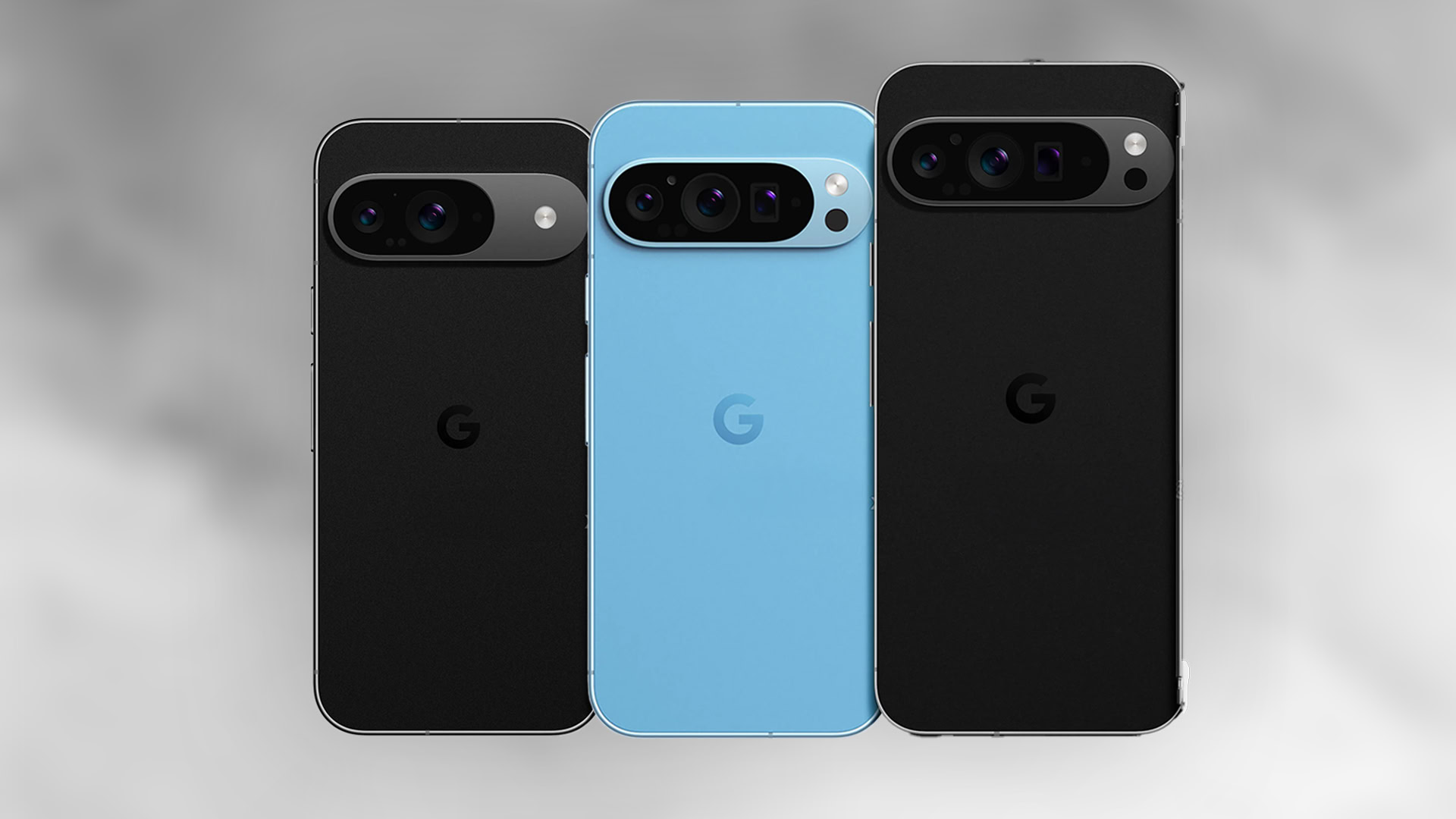For a long time, Google has only offered two traditional Pixel flagship products each year, namely the standard model and the Pro model.But it looks like the company is planning to launch three Pixel 9 series phones later in 2024
leaksA reliable leaker recently revealed renders of three different Pixel 9 variants: a standard Pixel 9 with two rear cameras, a smaller Pixel 9 Pro, and a larger Pixel 9 Pro, if you will , you can choose Pixel 9 Pro XL). With new entrants, the only thought on my mind is pricing, and I’m willing to bet on future price increases – whether near or far. This is inevitable.
Pixel 9 Pro XL will have ultra-premium pricing?

If the base Pixel 9 and larger Pixel 9 Pro XL stay at the same price as the 2023 Pixel 8 ($699) and Pixel 8 Pro ($999), there’s still some wiggle room between them. So the smaller Pixel 9 Pro at $849 or $899 could be a solid middle ground between the two, a good fit from a feature perspective but also from a financial standpoint.
However, the launch of the smaller Pixel 9 Pro is also likely to push the XL model into the ultra-premium segment (around $1,100 or more). This would put it in the same pricing range as the Samsung Galaxy S24 Ultra and iPhone 15 Pro Max. The ultra-premium trend emerged a few years ago as manufacturers such as Apple, Samsung, and Sony sought to boost profit margins amid declining shipments. This is where there is huge money in smartphones and everyone wants a piece of that pie, so why not Google?
In the long term, the shift from two to three Pixel flagship phones could lead to an ultra-high-end XL model.
However, a non-foldable, ultra-high-end Pixel could be a significant challenge for Google as a new entrant in this space. Although the price of the Pixel 8 series has increased by at least $100, Google’s recent generations of Pixels have generally been priced lower than their flagship rivals. Those who bought its previous flagship because of its aggressive pricing (and pre-order offers) may be understandably hesitant about the ultra-high-end Pixel 9 Pro XL.
Google also doesn’t have the popularity, availability, or repair channels of Apple and Samsung, which complicates any ultra-expensive endeavor. While we’ve seen improvements with the Pixel 7 and 8 series, it also hasn’t had a great track record with bugs, hardware flaws, and quality assurance testing over the years. An ultra-premium phone demands ultra-premium treatment, and Google isn’t the most obvious candidate to offer it.
Additionally, an ultra-high-end approach could also be a serious challenge since Google uses its long-underperforming Tensor chipset. It’s easy to forgive the flagship phone’s less-than-stellar performance and connectivity at the lower price. But asking people to pay top dollar for relatively poor connectivity and performance? If that’s the case, Google really needs to make your efforts in other areas worthwhile.
That said, Google has taken a more premium approach with its high-end phones: the 2018 Pixel 3 series retailed for $799 and $999, while the Samsung Galaxy S9 and S9 Plus were cheaper at $720 and $840 respectively. . Ouch. Tensor-equipped Pixels typically opt for more aggressive pricing, but it’s clear that Google has never been afraid to enter the market with a higher price than Samsung.
What do the three models mean for Pixel 9 and Pixel 8a?

The three Pixel 9 phones will undoubtedly have a long-term impact on premium pricing, but the regular Pixel 9 likely won’t emerge unscathed. It’s entirely possible that Google will strip away some features from the Pixel 9 to make the Pro phone stand out even more.
Google’s treatment of the Pixel 8 doesn’t bode well for the Pixel 9, especially with an additional Pro model available.
You only have to look at Google’s mishandling of the Pixel 8 for evidence of this strategy. In addition to expected cuts like the periscope camera, charging power, display resolution, and UWB, the Pixel 8 is also missing Pro like the Gemini Nano AI model (thankfully coming later this year), video enhancements, and the upcoming Zoom Functional enhancement capabilities. It’s not hard to imagine the company potentially stripping more features from the base Pixel 9 in the name of market differentiation.
The slimmed-down Pixel 9 may be less popular than the upcoming Pixel 8a. Google’s A-series phones have become excellent mid-range devices in their own right. Sure, the $500 Pixel 7a doesn’t have the fastest charging speeds or a 120Hz screen, but you still get a flagship-grade chipset, one of the best camera phones on the budget, and extra features usually reserved for high-end phones (water resistance) and wireless charging). All in all, it’s easy to see why many people might choose this phone over paying an extra $200 for a Pixel 8. Google can’t make the same mistake with the Pixel 9 and Pixel 8a.
Is Pixel price increase a foregone conclusion?
It is clear Android Authority Readers who took part in our poll thought three Pixel 9 phones were better than two, and who can blame them? A portable Pixel 9 Pro with essentially the same specs as the Pixel 9 Pro XL could be a major boost for the Pixel line.
Do you think the Pixel 9 series will increase in price?
10 votes
But between Google’s latest price hike, the overall trend toward premiumization, and major competitors offering more expensive high-end phones, Google’s Pixel flagship pricing is indeed trending upward. The real question is, when will we see a rate hike? Will it be on this year’s Pixel 9, or could Google debut a Pixel phone with its in-house chipset a year from now, as rumors suggest?